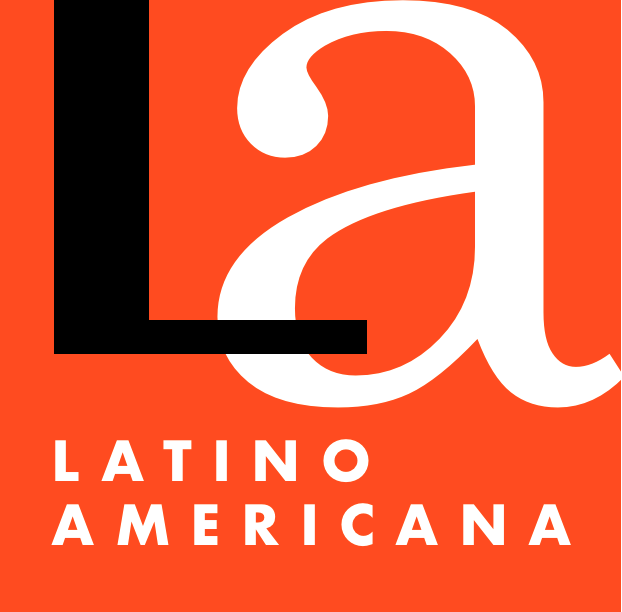The Message of Inclusive Education is Simple, but Putting it into Practice is Complex
DOI:
https://doi.org/10.4067/S0718-73782018000100011Keywords:
Inclusive education, Practice, Educational policyAbstract
Almost three decades have passed since the renowned Jomtien World Conference on Education for All, organised in 1990 by UNESCO, which marked a milestone in the public agenda of States and civil society organisations by enshrining universal access to education and the satisfaction of basic learning needs as a right that all children and young people have, without exception. It is also almost 25 years since the Salamanca World Conference that followed up on Jomtien in 1994, in the area of Special Needs Education, recognising access and quality as fundamental elements to guarantee equal opportunities.
The relevance of the Salamanca Statement and its Framework for Action is that it coined for the first time at international level the concept of ‘inclusive education’, reaffirming Jomtien's commitment to Education for All, but putting the focus on the groups most at risk of exclusion, marginalisation and school failure, as well as on the importance of all children having the opportunity o be educated ‘together’ in their community schools, thus emphasising the idea of ‘inclusive schooling’.
Published
How to Cite
Issue
Section
License
Copyright (c) 2018 Revista Latinoamericana de Educación Inclusiva

This work is licensed under a Creative Commons Attribution 4.0 International License.
Creative Commons Attribution (by)
This licence permits the exploitation of the work, as well as the creation of derivative works, the distribution of which is also permitted on condition that express reference is made to the author, i.e. that his/her name appears in any use or act of exploitation of the work.













